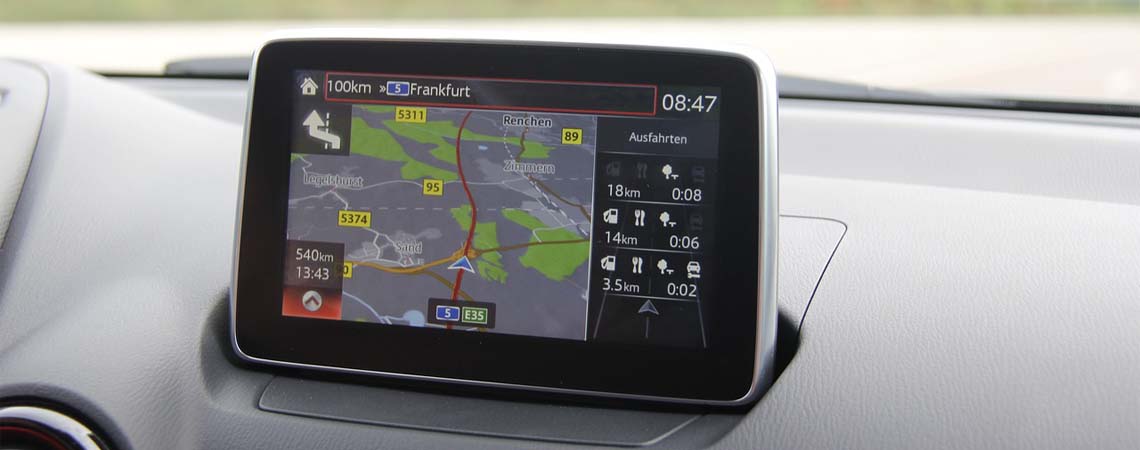Which is more reliable: the speedometer on your instrument cluster or the speedometer on your navigation system?
It is a common discussion among car enthusiasts. The speed you are currently driving is always displayed on a navigation system. Compare that number next to the speed displayed by the instrument cluster and you will notice that they (often) do not match. But which of the two is the most reliable? The speedometer on your instrument cluster, or the speedometer on your navigation system?
Do you recognize this situation? According to your speedometer you drive at 50 mph, but according to your navigation system you drive 55 mph. Speedcams are generally calibrated to perfection and still have a margin before you get a ticket. To be on the safe side, it is of course always good to keep the speedometer in this case. But it's actually pretty crazy and confusing. Therefore, students from the University of Luxembourg investigated this issue.
GPS speedometer of the navigation system
The big difference between the two speeds has everything to do with the way they are measured. The speedometer of your navigation system is (logically) controlled by GPS information. The navigation system calculates how many meters you are driving over a certain time unit at that moment. The only deviation in this is the positioning of the exact location of the vehicle. Depending on the device, this may differ by a meter or 2 from the actual position. The longer the distance over which the speed is measured, the more frequently the position is determined. This means that the deviation of position decreases as you drive faster.

Speedometer on your dashboard
The speedometer in the car determines speed based on the tire diameter, temperature, wear and pressure. In addition, deviations can also occur due to traction problems (wheel spin) and the accelerations affect the displayed speed. In other words: many more factors are needed to determine the exact speed, which means that the chance of deviations is much greater. For legal reasons, car manufacturers therefore use a safety margin to indicate the speed. Deviations of up to 10% can occur with some cars. In other words, if you are driving 70 mph according to your speedometer, in some cases this can mean that you are actually driving 63 mph. Although this deviation may be limited to 1% for another car.

But which speedometer should you pay attention to? Despite the fact that the speedometer of your instrument cluster is considerably less accurate than the GPS speedometer in your navigation system, the University of Luxembourg still advises to follow this. The safety margin is built in so that you never accidentally drive too fast.

 da
da de
de es
es fr
fr it
it nb
nb nl
nl pt
pt sv
sv fi
fi